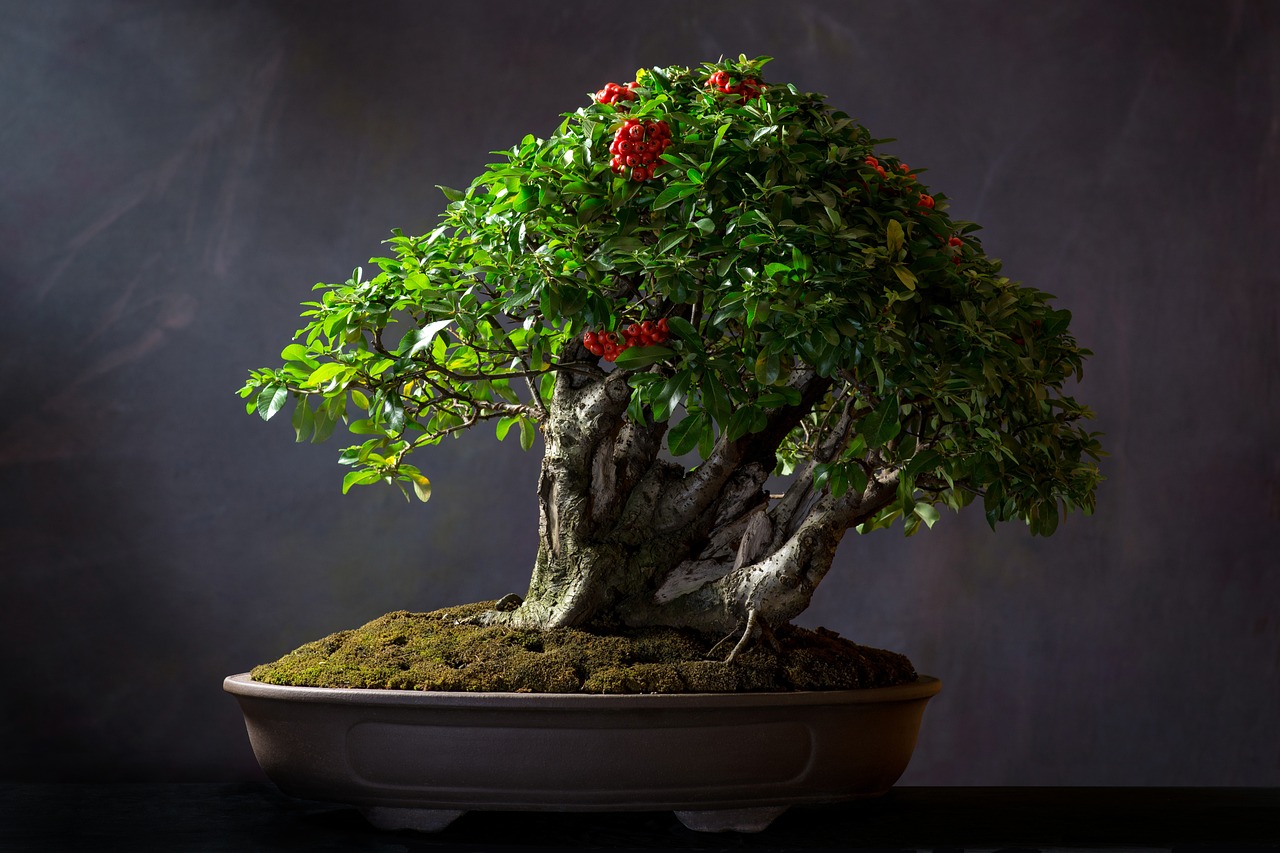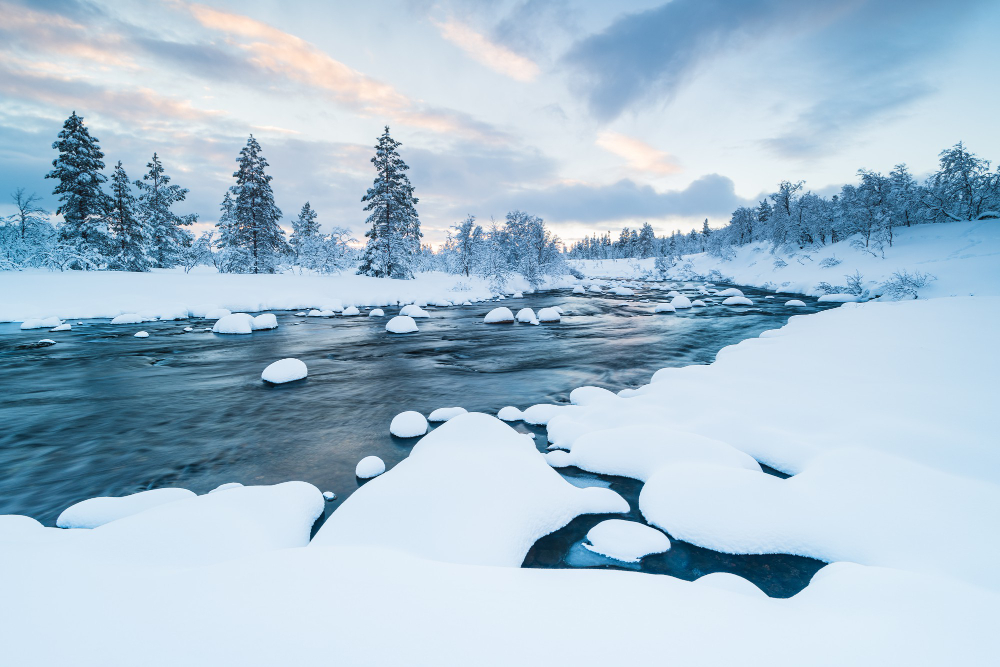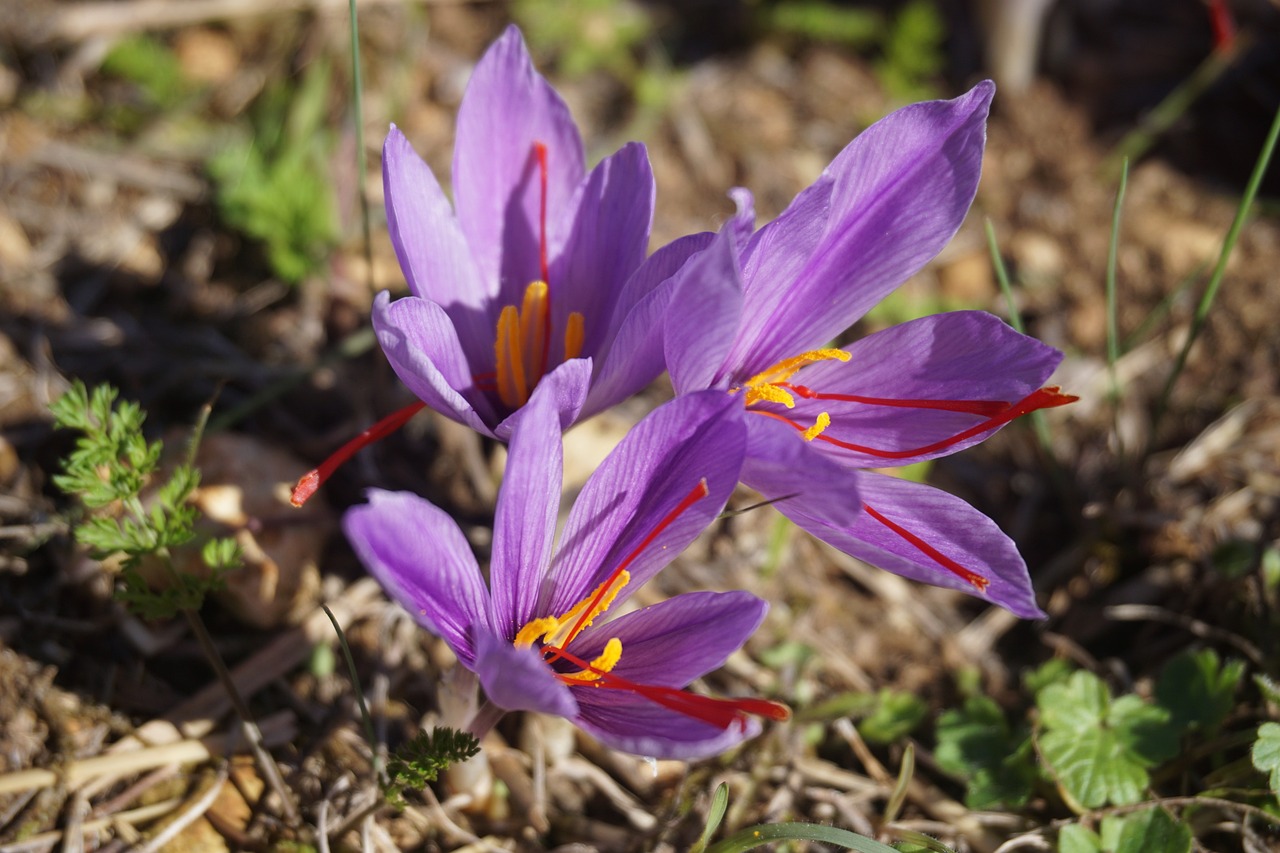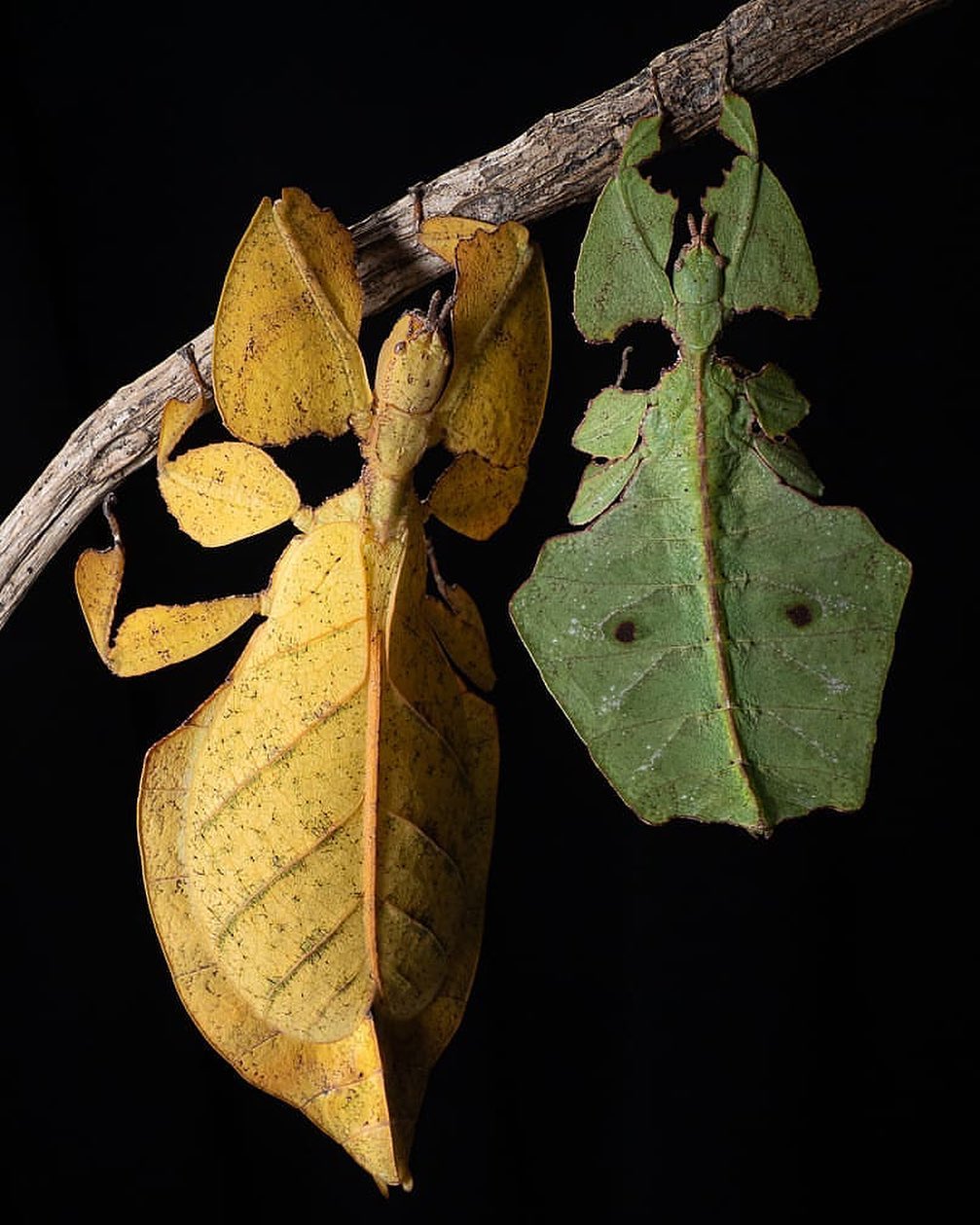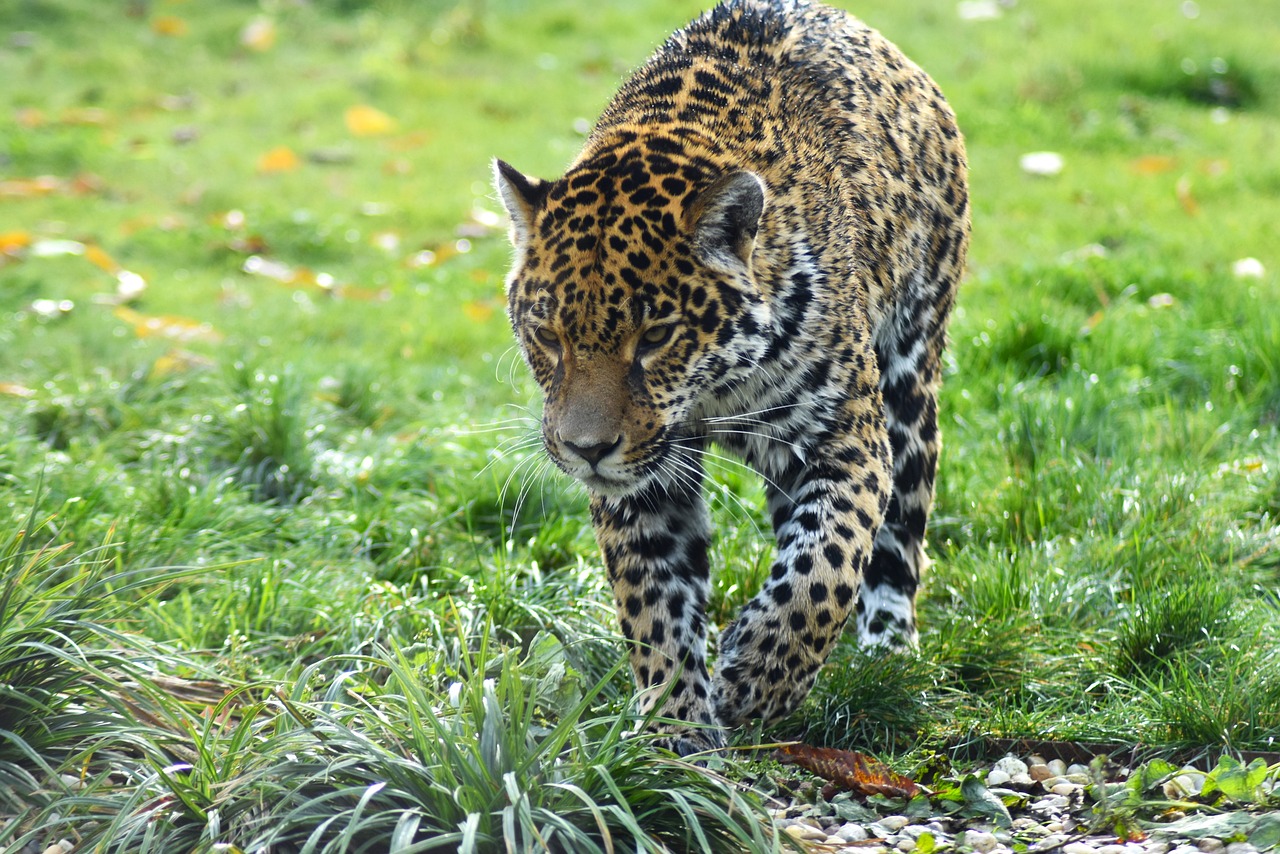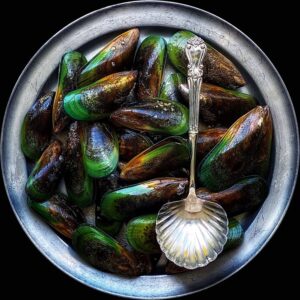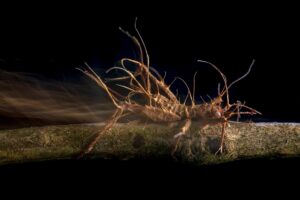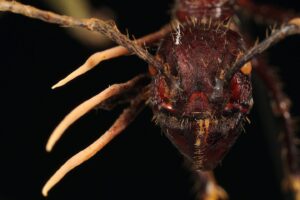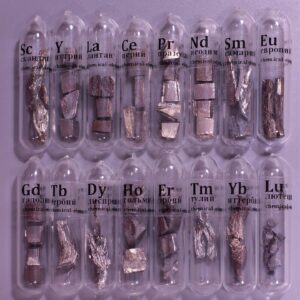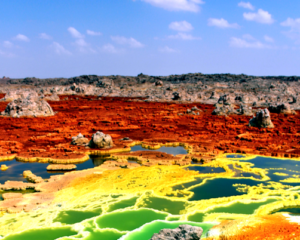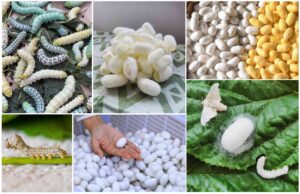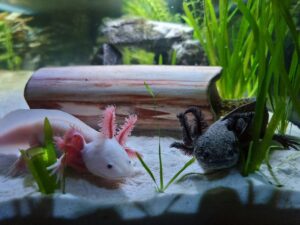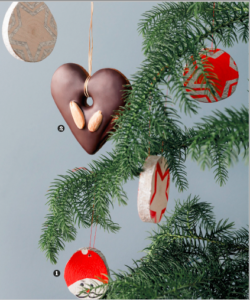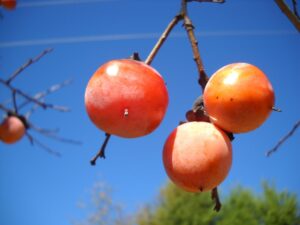 Pin
Pin Photo by @raining_rainers / Instagram
Caterpillars don’t get nearly as much attention as butterflies, but some of them look straight out of a fantasy world. These little creatures come in mind-blowing colors, wild shapes, and even bizarre defense mechanisms that make them look more like aliens than insects. Some are covered in neon spikes, others have jewel-like patterns, and a few even mimic dangerous animals just to stay alive.
Most people think of caterpillars as tiny eating machines, chomping their way through leaves until they turn into something more beautiful. But the truth is, many caterpillars are already stunning in their own right. Some are so rare that spotting one in the wild is like finding hidden treasure. Others have evolved such striking designs that they look like nature’s own art pieces.
In this list, we’re diving into the world of the rarest and most beautiful caterpillars out there. Get ready to be amazed—because these tiny creatures are far more fascinating than you ever imagined.
Table of Contents
1. Jewel Caterpillar – A Living Gem
 Pin
Pin Photo by @hum_bahena_basave / Instagram
Some caterpillars look like they belong in a sci-fi movie, and the jewel caterpillar is one of them. Found in Central and South America, this translucent creature glows like a tiny piece of glass. Its body is covered in a jelly-like, crystal-clear casing with golden spikes. The spikes aren’t sharp—they’re soft and sticky, protecting it from predators.
When light hits this caterpillar, it looks like a piece of amber with molten gold inside. This is why it’s often called the “living gem.” It eventually turns into a moth called Acraga coa, but it’s the larval stage that steals the spotlight. Scientists believe its jelly-like body makes it harder for predators to get a grip.
This caterpillar doesn’t sting or bite, making it safe to touch. However, its fragile body can easily get damaged, so it’s best admired from a distance.
2. Puss Caterpillar – Cute but Dangerous
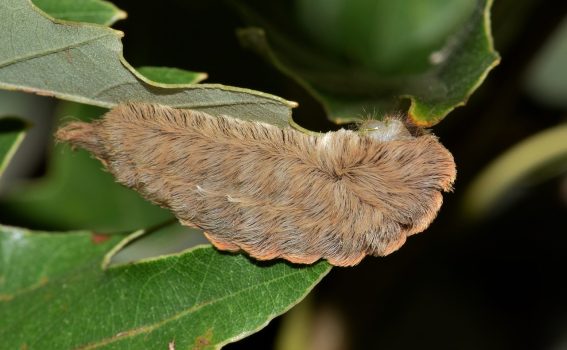 Pin
Pin Image by Brett Hondow from Pixabay
At first glance, the puss caterpillar looks like a tiny, fluffy animal. Its soft, fur-like coat makes it seem harmless, but this caterpillar is one of the most venomous in the world. Found in North and South America, it eventually turns into the southern flannel moth (Megalopyge opercularis).
Beneath its innocent-looking fur are venomous spines that can cause excruciating pain. People who accidentally touch it describe the sting as worse than a wasp’s, leading to burning sensations, swelling, and even nausea. Some severe cases require medical treatment.
Despite its dangerous nature, this caterpillar is undeniably beautiful. Its golden-brown fuzz resembles a tiny Persian cat or a tuft of silk. The contrast between its adorable appearance and its painful sting makes it one of nature’s most deceptive creatures. If spotted in the wild, it’s best to admire from a distance.
3. Hickory Horned Devil – A Fearsome Giant
 Pin
Pin Image by Michael from Pixabay
The hickory horned devil might look terrifying, but it’s completely harmless. This massive caterpillar, found in North America, can grow up to six inches long. Its bright green body is covered in black and orange spiky horns, making it look like a creature from mythology. Despite its intimidating appearance, it doesn’t sting or bite.
This caterpillar is the larval stage of the regal moth (Citheronia regalis), one of the largest moths in the U.S. It spends most of its time feeding on hickory, walnut, and persimmon leaves. When it’s ready to pupate, it burrows into the soil instead of forming a cocoon.
The spikes on its body serve as a defense mechanism, making predators think it’s dangerous. However, birds and other predators soon realize it’s all for show. The combination of size, color, and fierce-looking horns makes this caterpillar one of the most fascinating in the insect world.
4. Io Moth Caterpillar – A Beauty with a Sting
 Pin
Pin Photo by @swampflylandscapes / Instagram
The Io moth caterpillar is a striking green creature covered in spiky bristles. While it looks soft and almost inviting, those bristles contain venom that can cause intense pain, redness, and swelling. Found across North and South America, this caterpillar eventually transforms into the Io moth (Automeris io), known for its stunning eye-like markings on its wings.
Its bright green body is lined with red and white stripes, making it one of the most visually appealing caterpillars. The spines act as a powerful defense against predators, delivering a sting that feels like a sharp electric shock. Some people even compare the pain to a bee sting, and multiple stings can lead to more serious reactions.
Despite its painful defense, the Io moth caterpillar plays an important role in nature. It feeds on a variety of plants, including willows, hackberries, and cherries. If you ever come across one, resist the urge to touch it—its beauty is best admired from a safe distance.
5. Cecropia Moth Caterpillar – A Giant with Neon Colors
 Pin
Pin Photo Courtesy: Judy Gallagher, CC BY 2.0, via Wikimedia Commons
The cecropia moth caterpillar is one of the largest and most colorful caterpillars in North America. Growing up to four inches long, it has a bright green body covered in blue, yellow, and red tubercles tipped with tiny black spikes. Despite its intimidating appearance, this caterpillar is completely harmless.
As the larval stage of the cecropia moth (Hyalophora cecropia), it spends its life feeding on tree leaves, including maple, cherry, and birch. It goes through several growth stages, becoming more colorful with each molt. By its final stage, it looks almost like a creature from another planet with its vibrant, bumpy texture.
When it’s time to transform, the cecropia caterpillar spins a tough, silk cocoon attached to branches. The adult moth that emerges is the largest moth in North America, with a wingspan of up to six inches. While the caterpillar is already stunning, the moth is even more breathtaking with its reddish-brown wings and large eye spots.
6. Blue Morpho Caterpillar – A Spiky Surprise
 Pin
Pin Photo by @bugsnstuff / Instagram
The blue morpho butterfly is famous for its iridescent blue wings, but its caterpillar stage is just as fascinating. Unlike the smooth and elegant adult butterfly, the blue morpho caterpillar has a rough, spiky appearance. Covered in reddish-brown bristles, it blends into tree bark and leaves, making it difficult for predators to spot.
Found in Central and South American rainforests, this caterpillar feeds on legume plants. When disturbed, it releases a foul-smelling odor as a defense mechanism. Its bristles may look painful, but they aren’t venomous. The real magic happens when it enters its chrysalis stage—its pupa is metallic green with gold-like specks, looking more like a piece of jewelry than an insect.
After pupation, it transforms into the stunning blue morpho butterfly (Morpho menelaus). The contrast between its spiky, earthy caterpillar form and its shimmering blue butterfly stage makes it one of the most extraordinary transformations in nature.
7. Saddleback Caterpillar – Nature’s Tiny Bullseye
 Pin
Pin Photo by Andy Reago & Chrissy McClarren, CC BY 2.0, via Wikimedia Commons
The saddleback caterpillar is one of the most unique-looking caterpillars in the world. Its bright green body features a distinctive brown “saddle” marking on its back, making it look like a tiny target. While it may seem harmless, this caterpillar is one of the most venomous in North America.
Covered in spiky bristles that contain venom, the saddleback caterpillar delivers a painful sting when touched. The sting can cause burning, swelling, nausea, and even rashes that last for days. Some people experience allergic reactions, making it one of the last caterpillars you’d want to touch.
Despite its defense mechanism, this caterpillar is a stunning example of nature’s design. It primarily feeds on a variety of plants, including corn, apples, and oak. Eventually, it transforms into the less remarkable Acharia stimulea moth, which lacks the striking patterns of its larval form. While its adult stage is quite plain, the caterpillar is unforgettable due to its intense colors and painful sting.
8. Glassy Tiger Caterpillar – A Transparent Wonder
 Pin
Pin Vinayaraj, CC BY-SA 4.0, via Wikimedia Commons
The glassy tiger caterpillar looks like a delicate work of art. Found in South and Southeast Asia, this caterpillar has a translucent body with intricate black and white markings. It eventually transforms into the glassy tiger butterfly (Parantica aglea), known for its elegant, semi-transparent wings.
What makes this caterpillar unique is its almost see-through skin, which allows you to see some of its internal organs. Its body is covered in long, thin filaments that give it a fragile yet mesmerizing appearance. Unlike many other caterpillars on this list, the glassy tiger caterpillar is not venomous or harmful. Instead, it relies on its unappetizing chemical defenses, absorbed from the toxic plants it feeds on, to deter predators.
This caterpillar thrives in tropical forests, where it feeds on milkweed and other poisonous plants. Its transformation into a butterfly is just as impressive, as the adult form maintains a soft, ethereal beauty that matches its caterpillar stage.
9. Monarch Caterpillar – The Striped Icon
 Pin
Pin Image by Robin Arnold from Pixabay
The monarch caterpillar is one of the most recognizable and beautiful caterpillars in the world. With its bold black, white, and yellow stripes, it stands out against the green leaves it feeds on. Found across North and Central America, this caterpillar is the larval stage of the famous monarch butterfly (Danaus plexippus).
What makes the monarch caterpillar unique is its diet—exclusively milkweed. This plant contains toxic compounds that make the caterpillar and the adult butterfly poisonous to predators. Birds and other animals learn to avoid them after just one bad experience. Despite their toxicity, these caterpillars are completely harmless to humans and can even be handled gently.
As it grows, the monarch caterpillar molts several times before forming a bright green chrysalis. After about two weeks, it emerges as the striking orange-and-black monarch butterfly. The entire life cycle of this caterpillar is a marvel, especially considering the butterfly’s incredible migration journey that spans thousands of miles.
10. Dragon-Headed Caterpillar – A Tiny Mythical Beast
 Pin
Pin Photo by Quang Nguyen Vinh
The dragon-headed caterpillar looks like something straight out of a fantasy novel. Found in Southeast Asia, this bizarre yet stunning caterpillar belongs to the Polyura butterfly family. Its most striking feature is its head, which has four spiky, horn-like projections resembling a miniature dragon or a mythical beast.
Its body is usually green or brown, helping it blend into leaves and tree bark. This camouflage makes it difficult for predators to spot. When threatened, it extends its body and waves its head, making it look even more intimidating. Despite its fierce appearance, this caterpillar is completely harmless.
Eventually, it transforms into a beautiful nawab butterfly, which has bold patterns and elegant wing shapes. The contrast between its dragon-like larval stage and its delicate adult form makes it one of the most fascinating caterpillars in the world. The dragon-headed caterpillar is a perfect example of nature’s creativity, proving that even the smallest creatures can look like something out of a legend.
10 Fascinating Facts About Caterpillars
1. Caterpillars Have More Muscles Than Humans
A caterpillar’s body is made up of about 4,000 muscles, while humans have only around 600. This allows them to move in a wave-like motion and grip surfaces with ease.
2. They Can Increase Their Body Mass 1,000 Times
Caterpillars grow at an astonishing rate. Some species eat nonstop and can increase their body weight by up to 1,000 times in just a few weeks before pupating.
3. Some Caterpillars Mimic Snakes
Certain species, like the hawk moth caterpillar, can expand parts of their body to resemble a snake’s head. This clever trick scares away predators.
4. They Have Hidden Legs
While a caterpillar appears to have many legs, only six of them are true legs. The rest are fleshy, temporary structures called prolegs that help them grip surfaces.
5. Some Caterpillars Are Venomous
While most are harmless, species like the puss caterpillar and saddleback caterpillar have venomous spines that can cause severe pain, rashes, and even allergic reactions.
6. Caterpillars Have 12 Eyes
Their eyes, called ocelli, are small and simple. They don’t see images clearly but can detect light and movement, helping them stay alert to danger.
7. They Shed Their Skin Multiple Times
Since their exoskeleton doesn’t stretch, caterpillars must molt several times as they grow. Each stage between molting is called an instar.
8. Some Make Sounds to Communicate
Certain caterpillars, like the walnut sphinx caterpillar, can produce squeaking or clicking sounds to startle predators or warn others of danger.
9. They Can Be Carnivorous
While most caterpillars eat plants, some, like the Hawaiian carnivorous caterpillar, hunt and eat insects, using their strong jaws to capture prey.
10. Their Poop Has a Special Name
Caterpillar droppings are called frass. Some species even flick their frass away to avoid attracting predators that might track them by scent.
FAQs
It depends on the species. Some caterpillars, like the monarch caterpillar, are completely harmless and safe to handle. However, others, such as the puss caterpillar or saddleback caterpillar, have venomous spines that can cause painful stings and allergic reactions. If you’re unsure, it’s best to admire them from a distance.
Most caterpillars are herbivores and feed on leaves, flowers, and stems of plants. Some have specific diets, like monarch caterpillars, which only eat milkweed. A few rare species, like the Hawaiian carnivorous caterpillar, even hunt small insects.
The time varies by species, but most caterpillars spend about 2-4 weeks growing before forming a chrysalis (for butterflies) or a cocoon (for moths). The transformation inside can take anywhere from 10 days to several months, depending on the species and environmental conditions.
Bright colors are often a warning sign to predators that the caterpillar is toxic or unappetizing. Some species, like the monarch caterpillar, absorb toxins from the plants they eat, making them poisonous to birds and other predators. Others mimic toxic species to stay safe.
Caterpillars don’t sleep in the same way humans do, but they do have rest periods between feeding. They also become inactive when they are preparing to molt or pupate. During these times, they conserve energy for their transformation into butterflies or moths.
